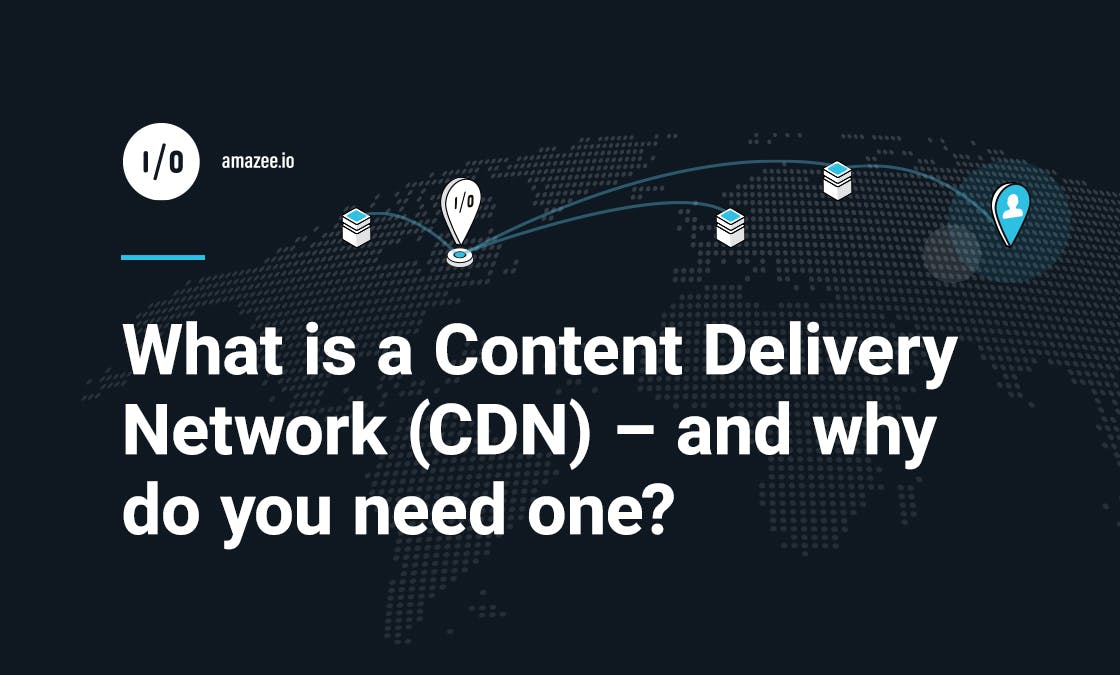Stephanie Ogozaly
|
Jul 21, 2021
|4 min read
Search Topic

What do your website visitors have in common with Maverick from “Top Gun”?
They feel the need… the need for speed!
Nothing kills a website experience quite like sluggish loading times. Did you know that the first five seconds of page-load time have the highest impact on conversion rates? Or that conversion rates drop with each additional second of load time? And if you’re an online retailer, you’d probably be interested in knowing that almost 70% of consumers say that page speed impacts their willingness to buy.
People also aren’t willing to wait around for your website to load. Google found that the likelihood of a user bouncing from your site increases 32% as page load time goes from one second to 3 seconds. (That probability of bounce jumps to 123% for mobile site visitors as page load times go from one second to 10 seconds.)
The conclusion is obvious: nobody likes long page loading times—and your visitors won’t hesitate to abandon your site if it doesn’t load within a few seconds.
So, you know the problem. What’s the solution?
A content delivery network (CDN).
If you want to speed up your site and deliver a better user experience, you should implement a CDN. Want more info on CDNs, how they work, and why you should consider using one? See below!
A CDN (content delivery network) is a geographically distributed system of servers designed to reduce web loading times. By limiting the physical distance between an end-user and the server, you can deliver content securely and with minimal delay. Every time a user visits your website, the origin server must respond and display your content. Without a CDN, all traffic is sent to the origin. In times of heavy traffic, the origin may become overloaded, which can cause your website to respond slowly or even go down.
A CDN stores cached versions of your content in PoPs (points of presence) in different geographical regions. By using a CDN, your website will serve content from the PoP closest to the user. This reduces traffic to the origin and creates a better user experience through faster loading times.
Let's imagine you're in a hotel. You've booked a room on the highest floor. You decide you want to see photos of the hotel pool. You know that the concierge at the front desk in the lobby has the photos. You also know that your friend staying in the room next to you has the same photos. You could walk down the hall, turn the corner, ride the elevator to the lobby and wait in line to speak to the concierge to get the photos—or you could pop next door to get them from your friend. The second option seems a lot faster, doesn't it? Your friend next door is like the CDN.
A CDN reduces latency, which is the delay between sending a request to load a website and the website fully loading in your browser.
When a user visits your website, the server that's geographically closest to them delivers and displays your content. The server also makes a copy of your content (a cache). Cached files can include photos, videos, HTML, and stylesheets, among others.
When another user from the same geographic area accesses your website, the CDN can redirect them to the appropriate server. From there, the server can deliver the cached files. Limiting the physical distance that the files need to travel speeds up your website.
The user doesn't see any of this “behind the scenes” work your server and the CDN are doing. They just know you’ve got a fast website!
Any organization that's concerned about performance, availability, scalability, and security can benefit from a CDN. Here are just a few of the benefits of using a CDN:
Yes! amazee.io offers a fully integrated CDN + WAF solution that can boost your website performance and act as your website’s first line of defense. Our solution is customizable to your unique requirements and gives you visibility and control into your application, CDN, and WAF with a single dashboard. Click here to learn more about the global amazee.io CDN + WAF.
Have questions about how a CDN can boost your website’s performance, or want to know more about amazee.io’s CDN + WAF solution? Get in touch with us today!

